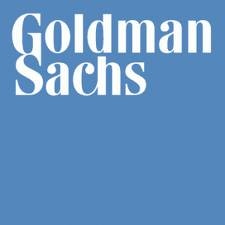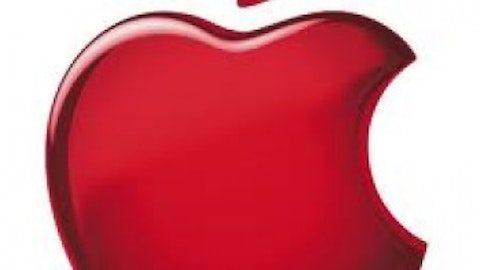There is no industry more wild, crazy, or fun to look at then those specializing in investment banking. This ultimate cyclical industry has become a tad less cyclical when many of the remaining large players became banks in order to qualify for government bailouts in the troubled times late last decade. As banks, and subject to higher regulatory scrutiny and capitalization rules, earnings have moderated their erratic swings somewhat. I am focusing today solely on companies whose revenue focus is trading market making and underwriting. Some large commercial banks, especially JPMorgan Chase & Co. (NYSE:JPM), Citigroup Inc. (NYSE:C) and Bank of America Corp (NYSE:BAC) have investment banking arms, but those sorts of institutions are not today’s focus.

Largely as a result of this increased activity, along with a strong stock market, Goldman Sachs reported fourth quarter 2012 earnings of $2.9 billion, or $5.60 per share, swamping analysts’ expectations of $3.66 per share, and roughly tripling the $1.84 per share reported in the fourth quarter of 2011. For all of 2012, earnings came to $7.5 billion, or $14.13 per share, nearly tripling the 2011 total. The 2012 profit represented a 10.7% return on shareholders’ equity, which while substantially better than 2011’s 6.3%, hardly compares to the 25% or more return on equity achieved during Goldman Sachs Group, Inc. (NYSE:GS)’ salad days six to eight years ago. That return on equity ratio is important to management, as bonuses are tied into increasing that profitability measure. Due to increased regulatory scrutiny from Goldman Sachs being a bank, those days of 20% – plus returns on equity are likely a thing of the past.
Looking into 2013, continued uncertainty in the domestic economy, along with deepening malaise in Europe do not bode well. Goldman Sachs stock price is up some 35% over the past year, and is touching 52 week highs as I write this. I agree with analysts who see earnings more or less treading water for the next couple years, and I believe the stock has gotten ahead of itself a little bit. Goldman Sachs is the premier company in the investment banking niche, but with its 1.65 PEG it hardly excites me at this price and absent a pull back to 120 or below, I would not be a buyer of Goldman Sachs.
Morgan Stanley (NYSE:MS) has a much better PEG than its larger rival, at 0.58. It also has a slightly more optimistic analyst rating, at 2.5 compared with Goldman Sachs’ 2.7. But a lot of that profit growth is coming on the heels of relatively depressed 2012 annual earnings of $0.13 per share. The reason for that low PEG is that from the depressed profit levels of 2012, Morgan Stanley (NYSE:MS) has nowhere to go but up.
How far up can we expect Morgan Stanley to go, earnings wise, over the next year or two? One thing is that this big investment bank has been hemorrhaging DVA adjustments in recent quarters. Those should even out as the economy shows signs of growth and interest margins spread. But as for earnings from operations, Morgan Stanley is more reliant on the North American economy than is Goldman Sachs, and I do not see a huge upsurge in domestic investment banking activity going forward. With the stock price up 30% over the past year, I don’t see much upside for the stock price. I am inclined to pass on Morgan Stanley as well.




